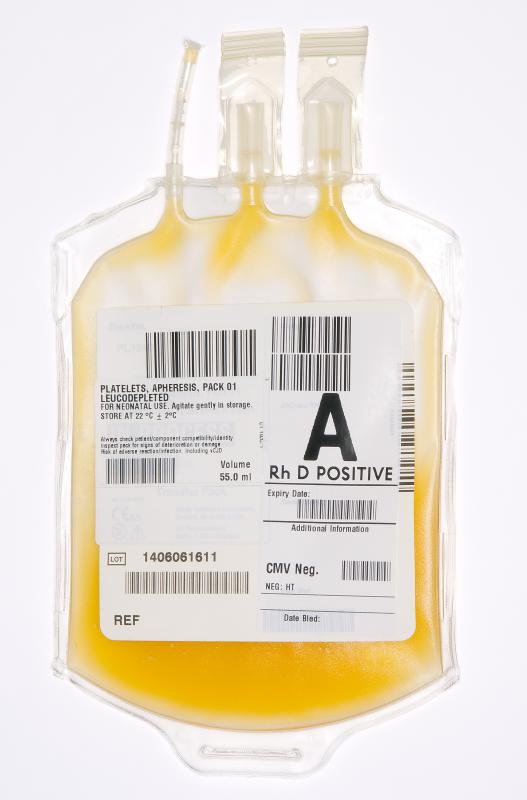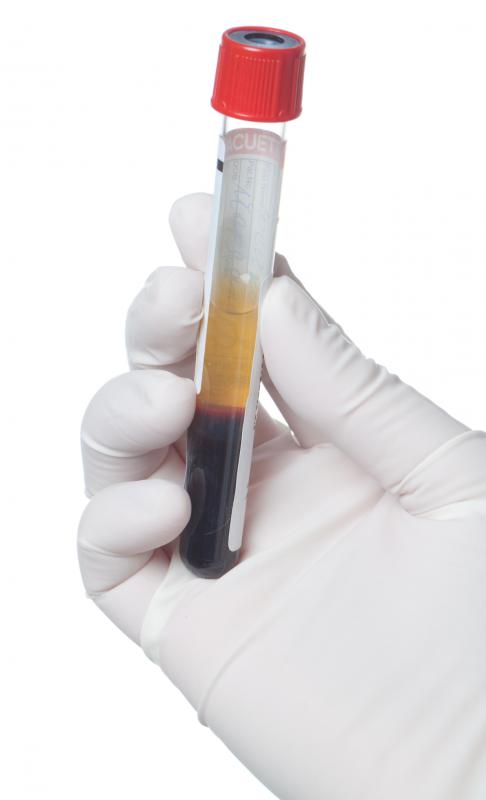At WiseGEEK, we're committed to delivering accurate, trustworthy information. Our expert-authored content is rigorously fact-checked and sourced from credible authorities. Discover how we uphold the highest standards in providing you with reliable knowledge.
What Is Donor Matching?
Donor matching is the process of selecting compatible donor blood, tissue, or organs for transplant into another person. It begins by identifying the tissue and blood types of the recipient and the donor, and then storing the information in the database for the national donor matching program. The size of the organ, blood type, and tissue type needs to match both the donor and the recipient for the transplant to be successful. After the initial typing criteria are met, the transplant agency will factor into the final decision the amount of time a person has spent on the waiting list, the urgency of the person’s medical condition, and the distance the person lives from the donated organ.
The first step in donor matching is the blood and tissue typing of the potential donor and transplant recipient. There are four main blood types, A, AB, B, and O. Compatible blood types are carefully screened due to the life-threatening complications that can occur when the wrong blood types are mixed.

Next in the donor matching process is tissue typing. Human leukocyte antigens (HLA) are present in the bloodstream and used to indicate tissue types. The goal is to match six of these HLAs, such as HLA-A, HLA-B, and HLA-DR. Due to the development of anti-rejection medications, a person may still be eligible to receive a donated organ even if the antigens do not all match. Donated organs with a perfect match of all six HLAs to the recipient have a longer transplant survival rate than those organs that are maintained by the anti-rejection drugs.

Another test in the donor matching process is a blood test for panel reactive antibodies (PRAs). If a person has a high level of antibodies in his blood, a condition also called being highly sensitized; he will likely have difficulty being matched to a compatible donor. High PRA levels may be caused by a prior blood transfusion or it may begin after a woman has been pregnant. A medical procedure called plasmapheresis, which removes a person’s blood and filters the antibodies from it, may enable some highly sensitized patients to become suitable candidates for transplantation.

An additional screening test for donor matching is called cross matching. During this test, blood from the donor is mixed with the potential recipient's white blood cells. If the test is positive for cross matching, the white blood cells will be attacked and destroyed by the antigens in the donor’s blood. A negative cross-matching result means that the donor and recipient are compatible matches.
AS FEATURED ON:
AS FEATURED ON:














Discuss this Article
Post your comments